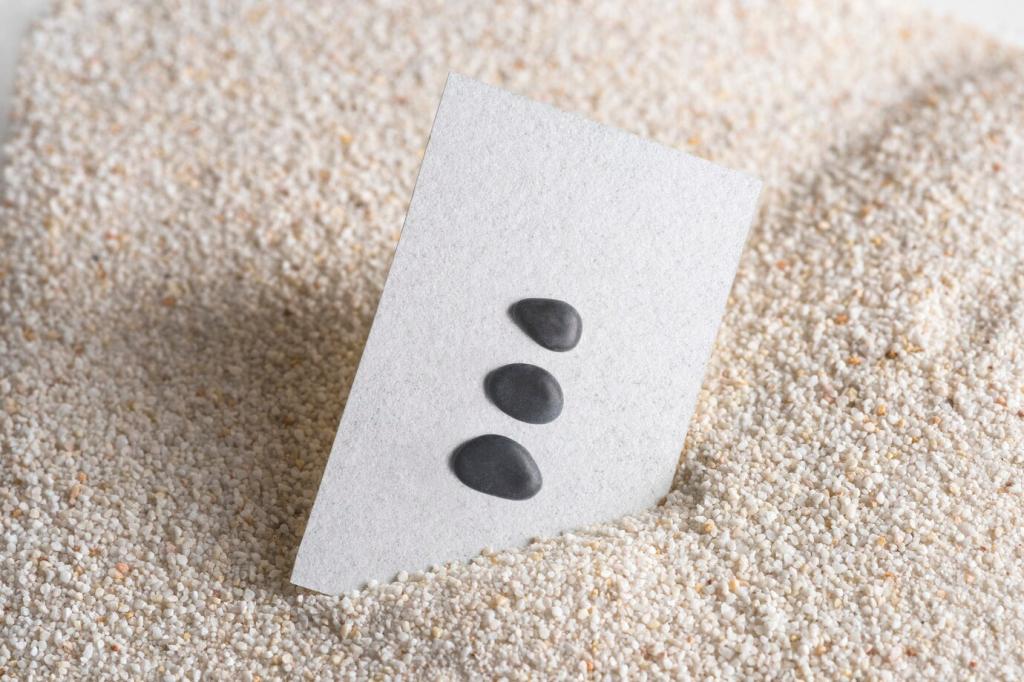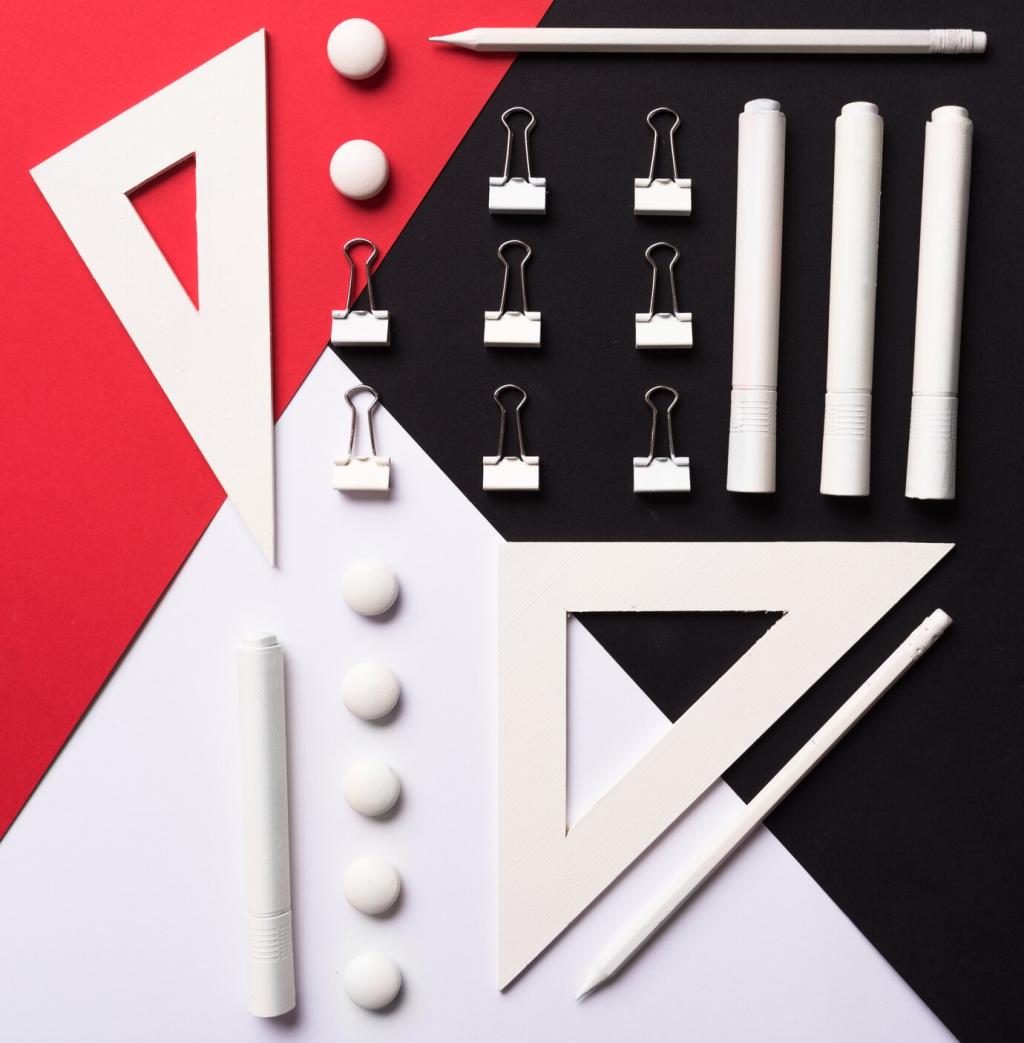Minimalist Typography: Quiet Power in Every Letter
Chosen theme: Minimalist Typography. Step into a space where fewer elements speak louder, letters breathe, and whitespace tells the story. Follow along, leave questions in the comments, and subscribe for weekly insights on doing more with less.
Core Principles of Minimalist Typography

Less, but Sharper
Strip away ornaments until only essential characters, sizes, and spacing remain. Let negative space amplify meaning. When every glyph earns its place, readers relax and comprehension rises. Share your favorite ruthless edit in the comments.

Hierarchy Through Restraint
Use a disciplined type scale, modest weight shifts, and measured spacing to signal importance without clutter. Two sizes often suffice with clear contrast. Test with real content, then ask readers which version communicates most confidently.

Whitespace as a Design Element
Whitespace is not empty; it is breathing room that guides attention and sets rhythm. Try doubling margins around key statements, then invite subscribers to weigh in on whether the idea felt calmer, clearer, and easier to act upon.
Choosing Typefaces That Whisper, Not Shout
Inter, Source Sans 3, and Suisse International handle interfaces and editorial work beautifully. Their clean skeletons and generous spacing suit minimal systems. Which sans do you trust when every flourish must justify itself honestly?


Choosing Typefaces That Whisper, Not Shout
Staying within a single family simplifies decisions while preserving nuance. Use light, regular, and bold for hierarchy; italics for emphasis. Keep tone cohesive and calm. Share your go‑to family that scales from captions to confident headlines.
Grids, Rhythm, and Scale
Choose a base line-height, align text to it, and let margins echo the cadence. A steady baseline calms scanning and reduces design noise. Try 4‑point increments, then report how your pages felt under the cursor.

Accessibility as a Minimalist Superpower
Aim for WCAG AA or better, testing text against backgrounds and avoiding fashionable low-contrast grays. Clear contrast lowers strain and guesswork. Share your preferred tools and challenge us with a tricky color pair you recently tamed.
Kerning, Tracking, and Optical Sizes
Enable optical kerning, adjust tracking for uppercase, and pick optical sizes when available. These refinements soften edges without adding elements. Share before‑and‑after examples where a tiny spacing change transformed the mood entirely.
Line Length and Leading
Keep line length comfortable on every device, then pair it with generous leading. Shorter lines accept tighter leading; longer lines need extra air. Invite readers to test three variants and rate their reading ease honestly.
Punctuation and Quotations
Use true quotes and apostrophes, proper dashes, and ellipses with spacing that respects the grid. Correct punctuation looks invisible, which is the point. What typographic pet peeves would you fix across the entire internet?
Stories from the Field: Minimalism that Moved Metrics
We cut a hero image, halved the palette, and tightened the type scale. Scroll depth rose, bounce fell, and sign‑ups increased twelve percent. Would you delete your boldest graphic for cleaner words and quieter confidence?
Stories from the Field: Minimalism that Moved Metrics
Centering one word in a generous field with a tiny date drew lines of curious readers. Minimal typography invited approach instead of shouting. Share your bravest one‑word composition and tell us why it worked emotionally.


